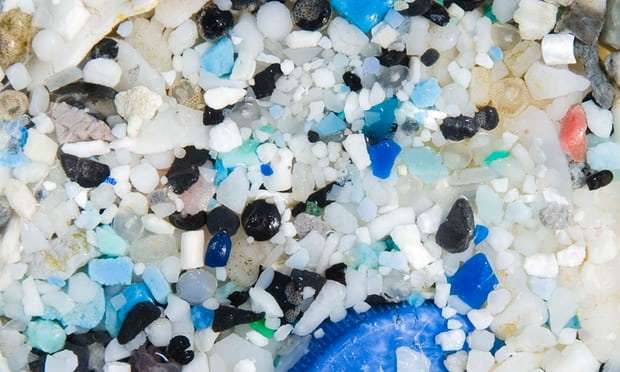Samples taken from the middle of the South Indian Ocean – at latitude 45.5 degrees south – show microplastic particles detected at relatively high volumes. Sören Gutekunst, from the Geomar Helmholtz Centre for Ocean Research in Kiel, who analysed the samples, said the data showed 42 particles per cubic metre, which was surprising given the remoteness of the area.
“Data on microplastics has not been taken from this extremely remote area before and what we found was relatively high levels,” he said. “There are places in the ocean which are not being observed and that is why it is so special for us to be doing this. It is amazing that we have the opportunity and this could lead to much further knowledge about what is happening with microplastics in the ocean.”
The samples were gathered by a research vessel taking part in the Volvo round-the-world ocean race as it skirted around the Antarctic exclusion zone. The race takes them through ocean areas so remote they have never been sampled before, allowing Gutekunst and his team to collect new data.
Gutekunst said research on microplastics in the ocean was in its relative infancy. Currently scientists can only account for 1% of the plastic they think is in the ocean.
The data collected during the race showed the highest microplastic levels around Europe’s north Atlantic and Mediterranean coasts, where levels range from 180-307 particles/metre cubed. High levels were also recorded off the coast of Cape Town (152 per cubic metre) and the Australian coast (114-115 particles per cubic metre).
More than 8m tonnes of plastic enter the ocean every year. Recent research has shown that billions of pieces of plastic are snagged on coral reefs, sending disease rates soaring.
More about: #Microplastics
















































